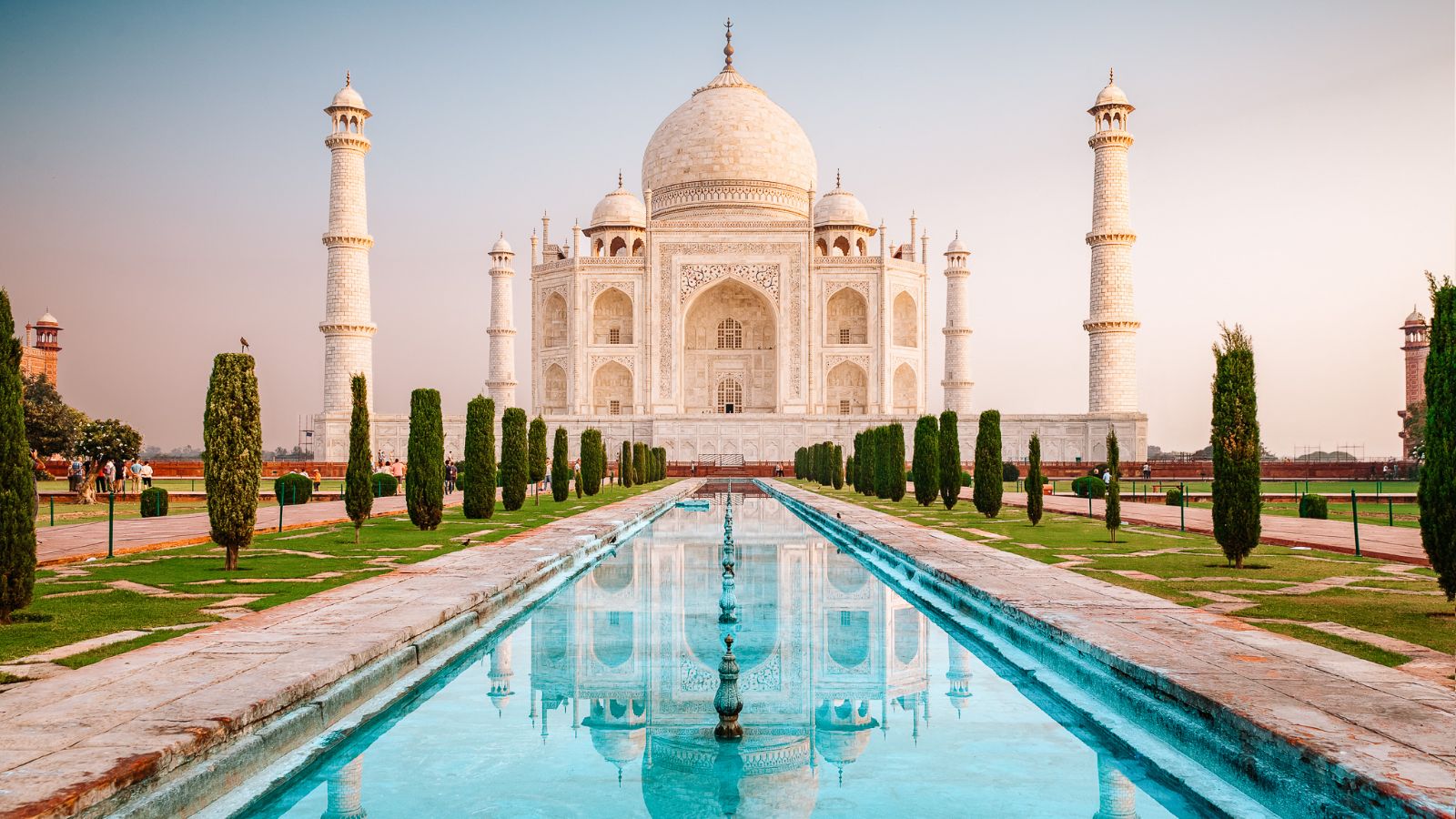
What makes a UNESCO World Heritage Site special? These sites are recognized for their outstanding cultural, historical, or natural significance. They hold universal value, meaning they are important to all of humanity. From ancient ruins to breathtaking landscapes, each site tells a unique story about our past and the planet we share. UNESCO aims to protect these treasures for future generations, ensuring they remain intact and appreciated. Whether it's the Great Wall of China or the Serengeti National Park, these sites connect us to our roots and inspire awe. Ready to learn more? Let's dive into 23 fascinating facts about these incredible places!
What is a UNESCO World Heritage Site?
UNESCO World Heritage Sites are landmarks or areas recognized by the United Nations Educational, Scientific and Cultural Organization (UNESCO) for their cultural, historical, scientific, or other forms of significance. These sites are legally protected by international treaties.
- UNESCO stands for the United Nations Educational, Scientific and Cultural Organization.
- The World Heritage Convention was adopted by UNESCO in 1972 to identify and protect sites of outstanding cultural and natural heritage.
- As of 2023, there are 1,157 World Heritage Sites across 167 countries.
- Italy has the most World Heritage Sites, with 58 sites listed.
- The first sites inscribed on the World Heritage List in 1978 included the Galápagos Islands and Yellowstone National Park.
Cultural Significance of UNESCO Sites
Cultural heritage sites are places that hold historical, artistic, or social value. They often include monuments, buildings, and archaeological sites.
- The Great Wall of China is one of the most famous cultural heritage sites, stretching over 13,000 miles.
- Machu Picchu in Peru is a 15th-century Inca citadel located in the Andes Mountains.
- The Pyramids of Giza in Egypt are the oldest of the Seven Wonders of the Ancient World and the only one still in existence.
- Stonehenge in the United Kingdom is a prehistoric monument dating back to 3000 BC.
- The Taj Mahal in India is a white marble mausoleum built in the 17th century by Emperor Shah Jahan in memory of his wife.
Natural Wonders Recognized by UNESCO
Natural heritage sites are areas with outstanding natural beauty, geological formations, or ecosystems. They are often protected for their biodiversity and unique landscapes.
- The Great Barrier Reef in Australia is the world's largest coral reef system, stretching over 1,400 miles.
- Serengeti National Park in Tanzania is renowned for its annual migration of over 1.5 million white-bearded wildebeest and 250,000 zebra.
- Grand Canyon National Park in the USA is known for its immense size and its intricate and colorful landscape.
- Iguazu National Park in Argentina and Brazil features one of the largest and most impressive waterfalls in the world.
- Mount Everest in Nepal and China is the highest point on Earth, standing at 29,029 feet above sea level.
Mixed Heritage Sites
Mixed heritage sites contain elements of both cultural and natural significance. These sites are unique as they offer a blend of human history and natural beauty.
- Machu Picchu is not only a cultural site but also a natural one due to its location in the Peruvian Andes.
- Uluru-Kata Tjuta National Park in Australia is sacred to the Anangu people and features stunning geological formations.
- Mount Athos in Greece is a monastic community with a rich history and diverse ecosystems.
- Tasmanian Wilderness in Australia is known for its ancient rainforests and Aboriginal heritage.
- Pirin National Park in Bulgaria is home to both cultural landmarks and diverse wildlife.
Threats to UNESCO World Heritage Sites
Despite their protected status, many World Heritage Sites face threats from natural disasters, climate change, and human activities.
- The Great Barrier Reef is under threat from coral bleaching due to rising sea temperatures.
- Venice in Italy is at risk from flooding and rising sea levels.
- The Amazon Rainforest, which includes several World Heritage Sites, is threatened by deforestation and wildfires.
Final Glimpse at UNESCO World Heritage Sites
UNESCO World Heritage Sites hold a treasure trove of history, culture, and natural beauty. From the ancient Pyramids of Giza to the breathtaking Great Barrier Reef, these sites offer a window into humanity's past and nature's wonders. Each site tells a unique story, reflecting the diverse tapestry of our world.
Visiting these sites can be a transformative experience, providing insight into different cultures and ecosystems. They remind us of our shared responsibility to preserve these wonders for future generations. Whether you're a history buff, nature lover, or curious traveler, exploring UNESCO World Heritage Sites can enrich your understanding of the world.
So, next time you plan a trip, consider adding a UNESCO site to your itinerary. You'll not only witness incredible beauty but also contribute to the preservation of our global heritage. Happy exploring!
Was this page helpful?
Our commitment to delivering trustworthy and engaging content is at the heart of what we do. Each fact on our site is contributed by real users like you, bringing a wealth of diverse insights and information. To ensure the highest standards of accuracy and reliability, our dedicated editors meticulously review each submission. This process guarantees that the facts we share are not only fascinating but also credible. Trust in our commitment to quality and authenticity as you explore and learn with us.


